9483
AiS
Session 1a
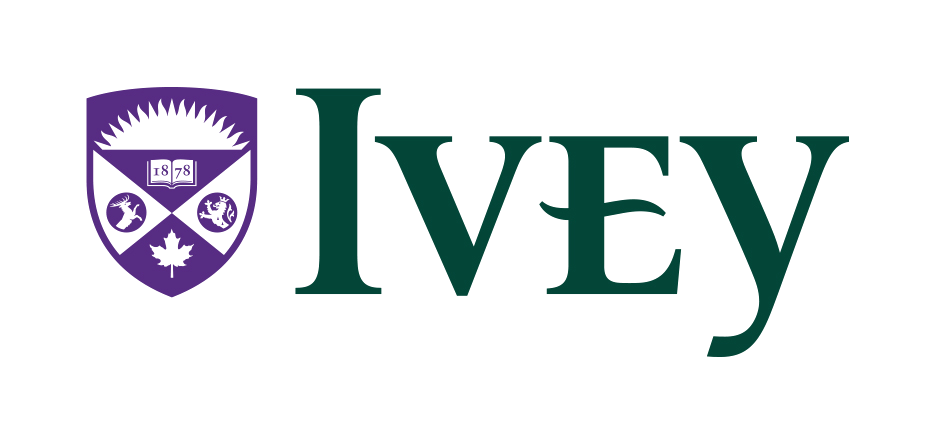

Joshua
Foster

Agenda
First 80-ish minutes:
- Introduction to the Course.
- MobLab Simulation: Double Auction Market.
- Case: Hurricane Sandy: Supply, Demand and Appropriate Responses to the Gas Shortage.
Second 80-ish minutes:
- Quick Case: Pricing a Drink for Value Creation.
- Marginal Analysis for Profit Maximization.
- Maximum Price Heuristic.
About Me
Joshua Foster, Ph.D.
- Feel free to call me Josh.
- I do research in Psychology and Economics.
- I specialize in firm competition.
I am always happy to help!
- Email me at jfoster@ivey.ca.
- Office Hours are Thursday, 3:00-4:30 PM.
- Also available by appointment.


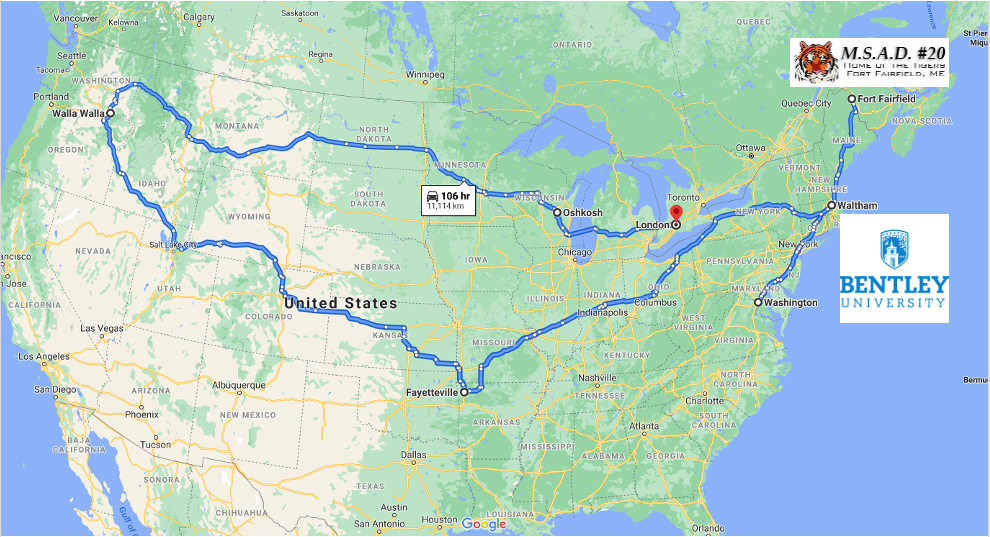
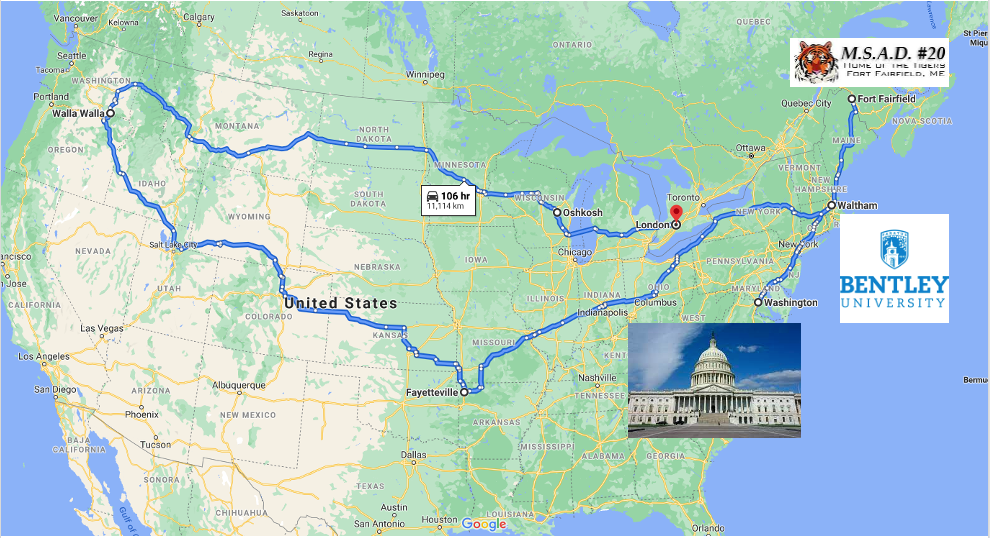

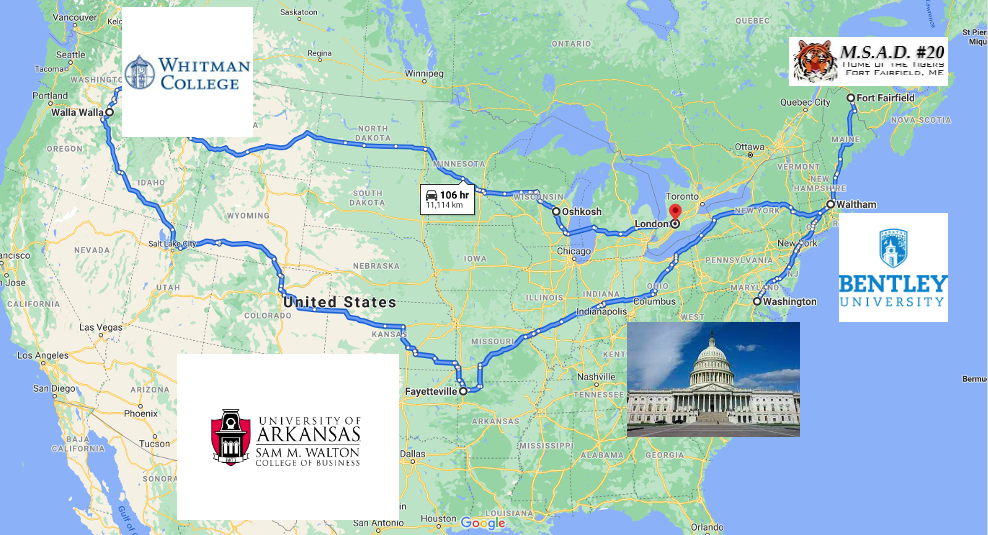
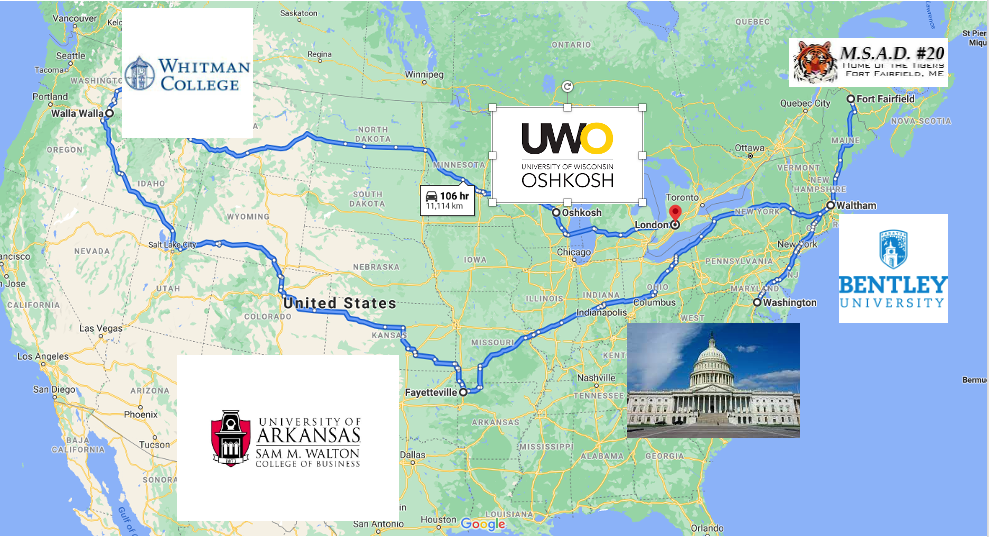
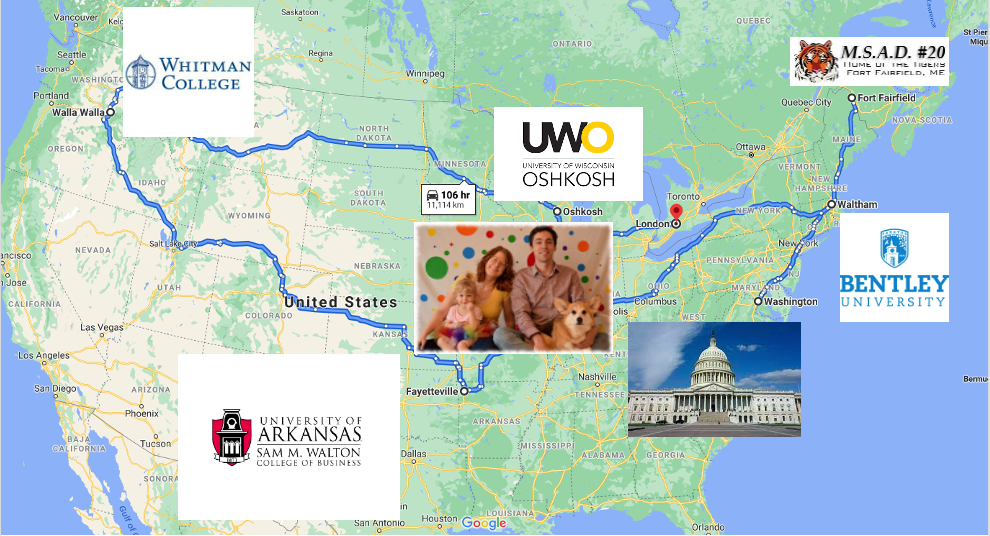
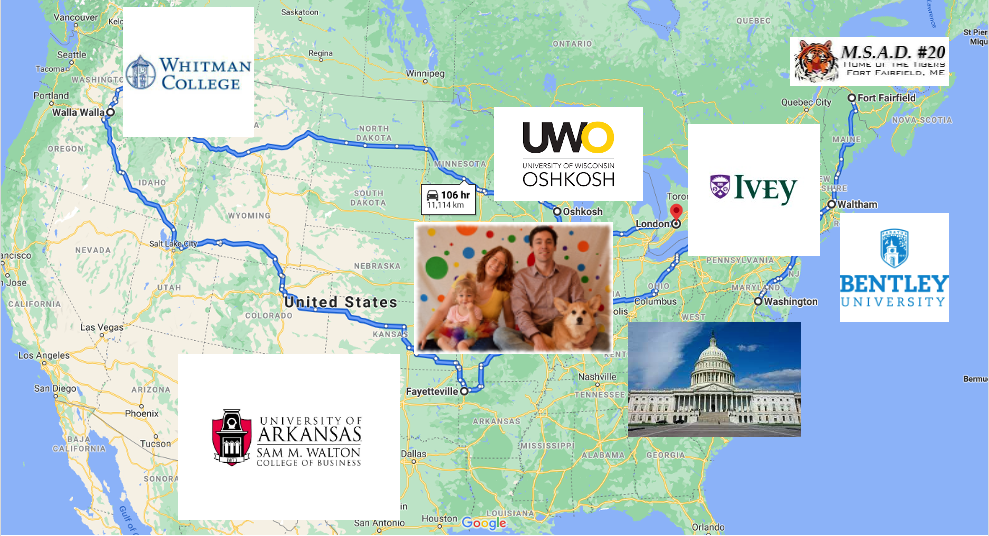
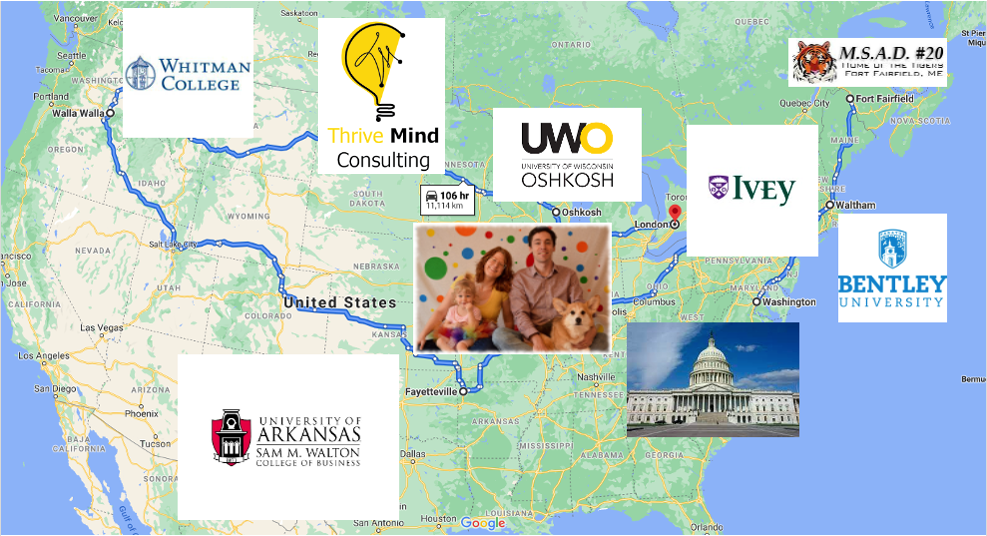
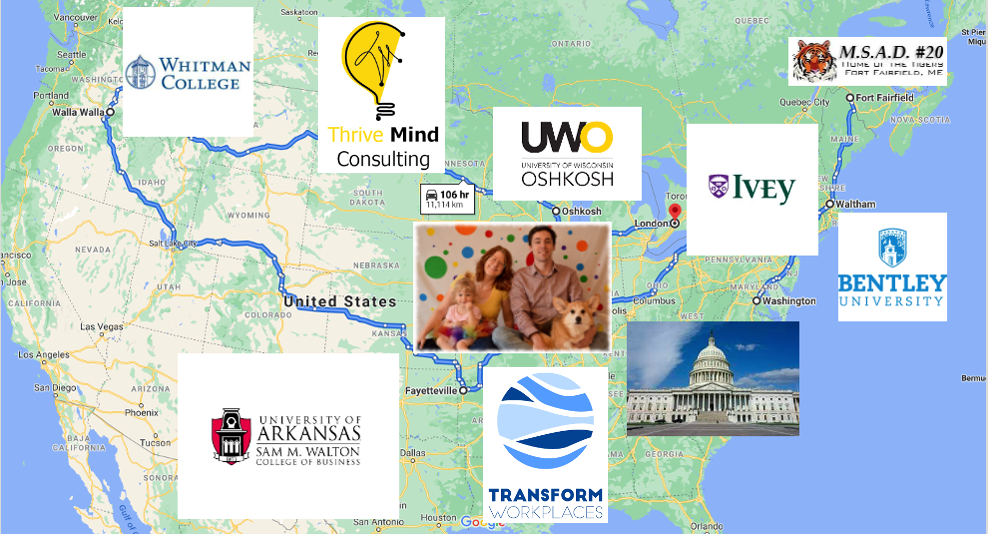
This is a managerial economics course infused with behavioural insights. Topic areas include:
- Price discovery, pricing strategy, and consumer preferences.
- Market creation, failures and the role of government.
- Market design through the lens of behavioural economics.
Our goal is to develop an essential library of economic heuristics.
- Insert economic thinking at the center of each decision node within an organization.
- Identify the key incentive primitives of a given environment.
- Predict market dynamics and optimize relevant decision making.
Course Implementation
Evaluations & Assessments
|
Class contribution |
30% |
|
Midterm examination (October 8 from 3:00PM-6:00PM) |
25% |
|
Final examination (During elective period exams) |
45% |
|
|
100% |
Questions?
Simulation instructions.
- The situation: there is a market for oranges in which this class will act as Buyers and Sellers.
- What you do: make trades by negotiating on prices.
- Your objective: make trades in a way that maximizes your personal return.
How it works.
- Everyone is randomly placed in groups of 10.
- Within each grouping, each person is randomly assigned the role of either a Buyer or a Seller.
- The Buyers will make open bids, representing the prices at which they are willing to buy an orange.
- The Sellers will make open asks, representing the prices at which they are willing to sell an orange.
- Whenever the simulation finds a bid$\geq$ask in the market, it will execute the trade.
How do I decide my prices?
- The Buyers will have induced values for the oranges. That is, Buyers will be told the maximum they are willing to spend on a given orange.
- Likewise, the Sellers will have induced costs for the oranges. That is, Sellers will be told the least they are willing to accept for a given orange.
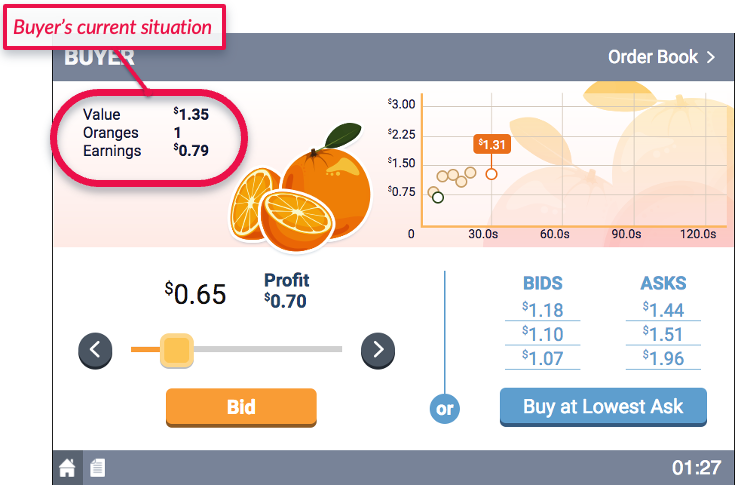

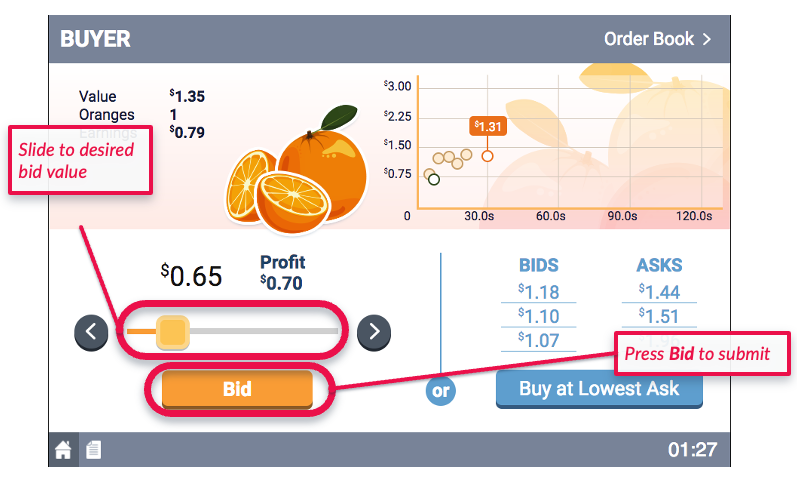
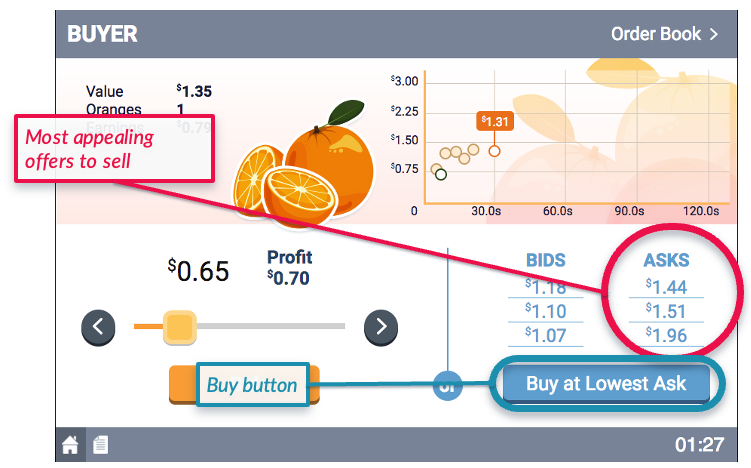
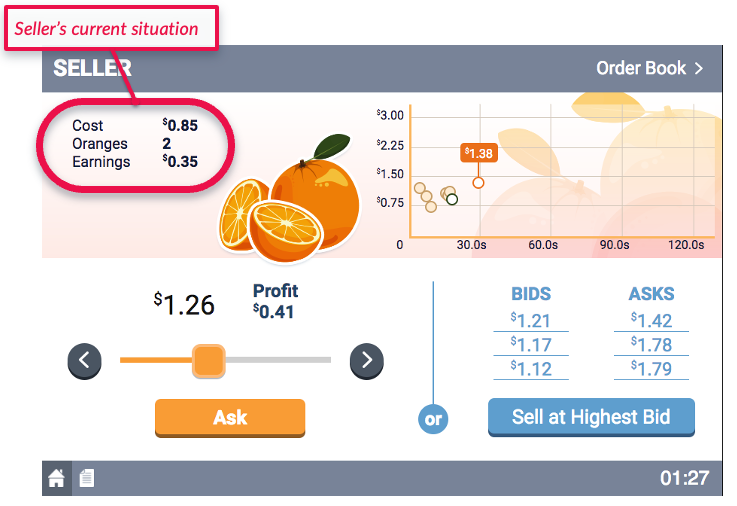



How you "win".
- The Buyers are seeking to maximize their consumer surplus (cs). That is,
$\text{cs}=\text{value of orange}-\text{price paid}\;$ for each transaction. - The Sellers are seeking to maximize their producer surplus (ps). That is,
$\text{ps}=\text{price received}-\text{cost of orange}\;$ for each transaction.
Questions?
What was your pricing strategy?
Market equilibrium.
The price that ensures buyers and sellers want to buy/sell the same quantity (i.e. their market incentives are aligned).
Absent an externality, this is the socially optimal outcome.
Quick summary of the case...
What non-price factors are influencing Demand? Supply?
| Demand | Supply |
| 1) | 1) |
| 2) | 2) |
| 3) | 3) |
Should gas prices be allowed to adjust to equilibrium?
What non-market (i.e. non-price-based) mechanisms might we consider?
What process would you use to determine prioritization (if any)?
Key takeaways.
- When shortages arise, it is because the market price is operating below its equilibrium.
- Deliberately setting a binding price ceiling does not necessarily promote equity across various societal groups - it is a task that requires care and economic insight.
- If the objective is to protect vulnerable members of a population, it will often be worthwhile to operate through an extra-market mechanism, rather than interfering with the market directly.